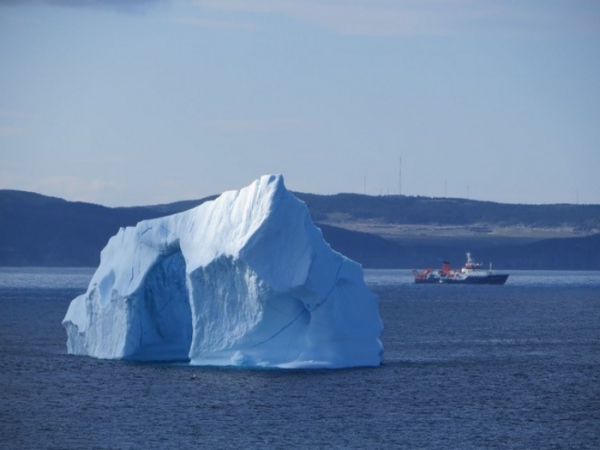The Atlantic meridional overturning circulation (AMOC), a system of ocean currents that carry warm water from the tropics into the North Atlantic and transport cold water from the northern to the southern hemisphere, is a fundamental mechanism for the regulation of Earth’s climate. The conveyor belt has collapsed in the past owing to natural factors. The most recent collapse played a key role in the last deglaciation. AMOC is now threatened by global warming, scientists have shown, and a new study has discovered the sequence of past breakdown events.
The study was conducted by German researchers and Brazilian paleoclimatologist Cristiano Mazur Chiessi, a professor at the University of São Paulo’s School of Arts, Sciences and Humanities (EACH-USP) in Brazil. An article reporting their findings is published in Nature Communications.
“An investigation of marine sediments collected between Canada and Greenland led to the discovery that, in the past, glaciers covering the territories that now correspond to Canada and the northern United States released colossal numbers of icebergs into the Atlantic owing to ocean surface warming in the region,” Chiessi told Agência FAPESP.
Read more at: Fundacao de Amparo a Pesquisa do Estado de Sao Paulo
The process is associated with warming of the ocean subsurface resulting in a reduction of surface salinity due to the release of huge iceberg armadas from glaciers (image: iceberg in St. John’s Harbor, Newfoundland, Canada, with research vessel Maria S. Merian in background (Photo Credit: Lars Max)


